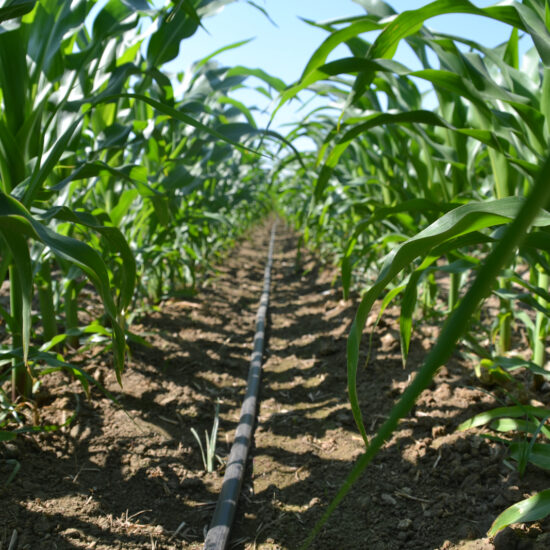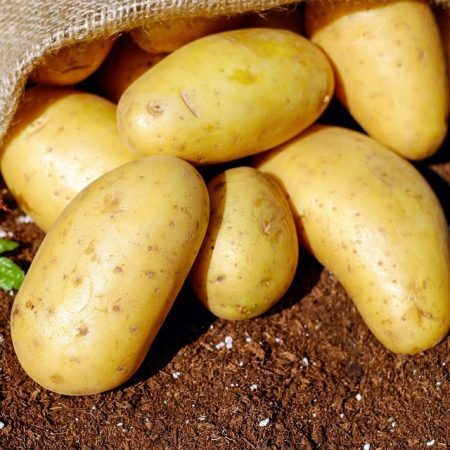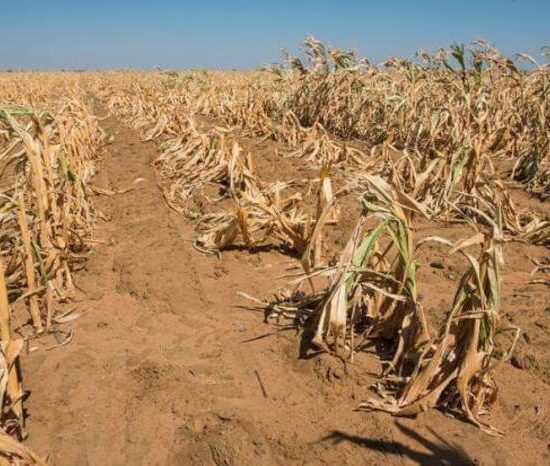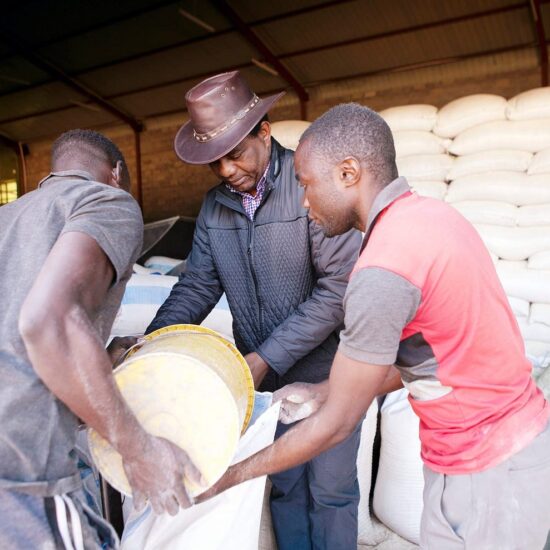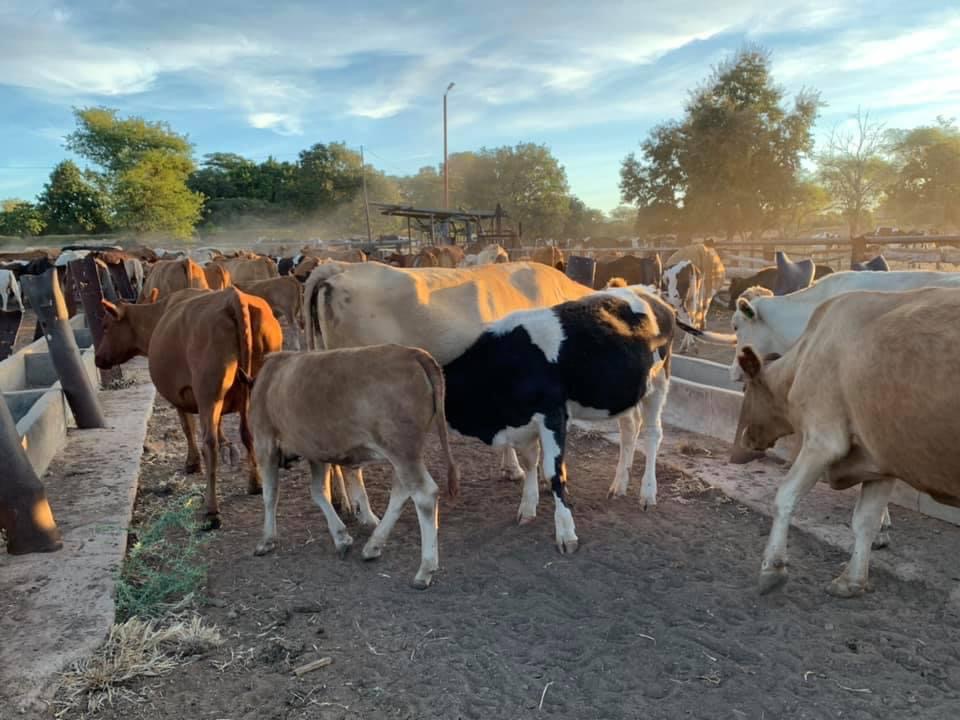
Zambia has a deficit in milk and diary production with shortfalls and upstream specialised dairy products being imported to fill the gap. This deficit can be plugged if the right policy framework and support is given to local diary farmers and locally based dairy products manufacturers.
The diary animal production landscape in Zambia is composed of both emerging and commercial farmers, therefore, policy and structural support needs to be given to both emerging and commercial farmers if the nation is to plug the deficit and stop the unnecessary foreign exchange bleeding.
According to the Diary Association of Zambia – DAZ, the country has all it takes to become a major exporter of diary products to the regional market, Zambia needs to continue to attract investments in factories and equipment used production of specialised diary products and formalize its informal exports to have the diary industry become a net foreign exchange earner.
To better appreciate the challenges the country faces to produce enough diary products to end end ‘unnecessary’ imports, the Zambian Business Times – ZBT profiled one of the largest diary commercial farms in Zambia – Kushiya farm based in Mazabuka. It is one of the largest farms in Zambia specialized in dairy production. It has also diversified into game animal production, beef cattle production and sugarcane plantation.
Kushiya farm Managing director Guy Robinson told the Zambian Business Times – ZBT in an exclusive interview that the dairy farm was started by his grand father back in 1947. “The farm started with only few dairy cross breed animals roughly about 30 cows. After a couple of years, the management changed as his mother took over and increased the animals to just over 1,000 herds of dairy cows” Robinson told ZBT.
Kushiya farm’s Dairy enterprise takes up about 500 hectare of land in total. The dairy animals take up just about 200 hectares, but if you include the land which is used to plant maize and hay grass used as feed for the dairy animals, the total land used for Diary is about 500 hectares of land. Kushiya farms dairy cows are under intensive system of diary farming.
Moreover, Kushiya farm is supplying all of fresh milk (100%) directly to Lactalis (formally called parmalat), which is later processed into different diary products such as milk, yoghurt and cheese etc. Kushiya farm is also in the process of starting to supply Varun beverages, the producers of creambell diary brands.
In terms of production and contribution to the Zambia milk market, Kushiya farms are producing about 4.7 million liters of milk annually. Which when broken down, the farm is producing about 13,000 liters of milk per day and 390,000 liters of milk per month.
So, if one large farm can produce 390,000 liters of milk per month, and Zambia still has vast amounts of arable land in all the ten provinces of the country that can support such highly intensive milk production systems, what then are the challenges being face?
When asked specifically on what Challenges Kushiya farm is facing, Robinson pointed out that inflation is one of the major challenges faced. The increase in prices of electricity, high diesel costs due to load shedding, feed prices are higher because of inputs which are imported.
Robinson also pointed out increase cost for regultory fees such as fees from ZEMA, Council Levies, WARMA and various other regulatory fees which are being increased. He pointed out that milk is sold on the local market in Kwacha to say Lactalis while some input costs are US dollar denominated which make it hard as the Kwacha depreciates.
He pointed out that for the intensive diary farming operation, due to load shedding for instance, Kushiya has to run generators between 12 to 16 hours a day, which increases energy costs by three times when compared to Zesco electricity costs.
Robinson however pointed out that the covid 19 pandemic has brought out some positives as Agriculture production has been recognized as an essential Industry. The pandemic has also made supporting the local farmers and local industry viable.
Robinson stated that the pandemic has brought about a positive increase in the local industry support due to the limited import of certain products, so there has been a stop on the importation of milk as well as beef that has led to a promotion of locally produced products. There is positive support to the local industry and has helped the farmer to produce more, and reduce on imports which is ultimately good for the growth of the Zambian economy.
Import tariffs are a source of revenue for government but they can not overtake the benefits that come from local production, so the pandemic has in some way brought some positive realization that should be built on.




